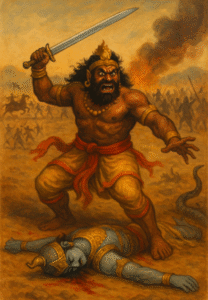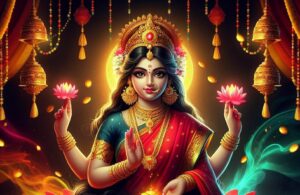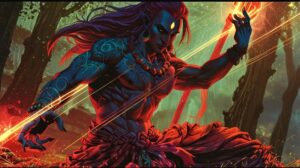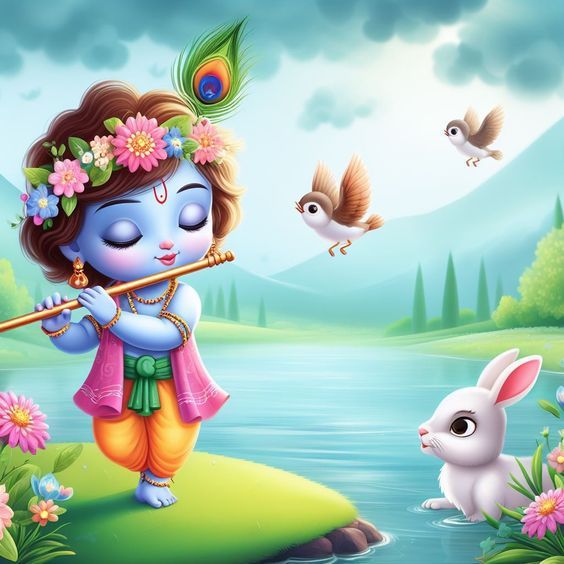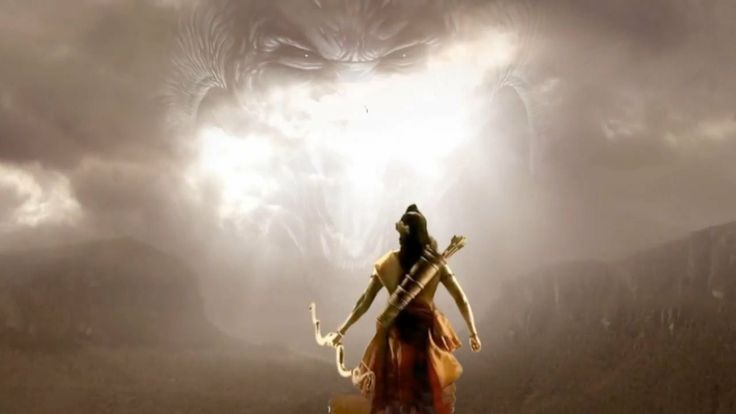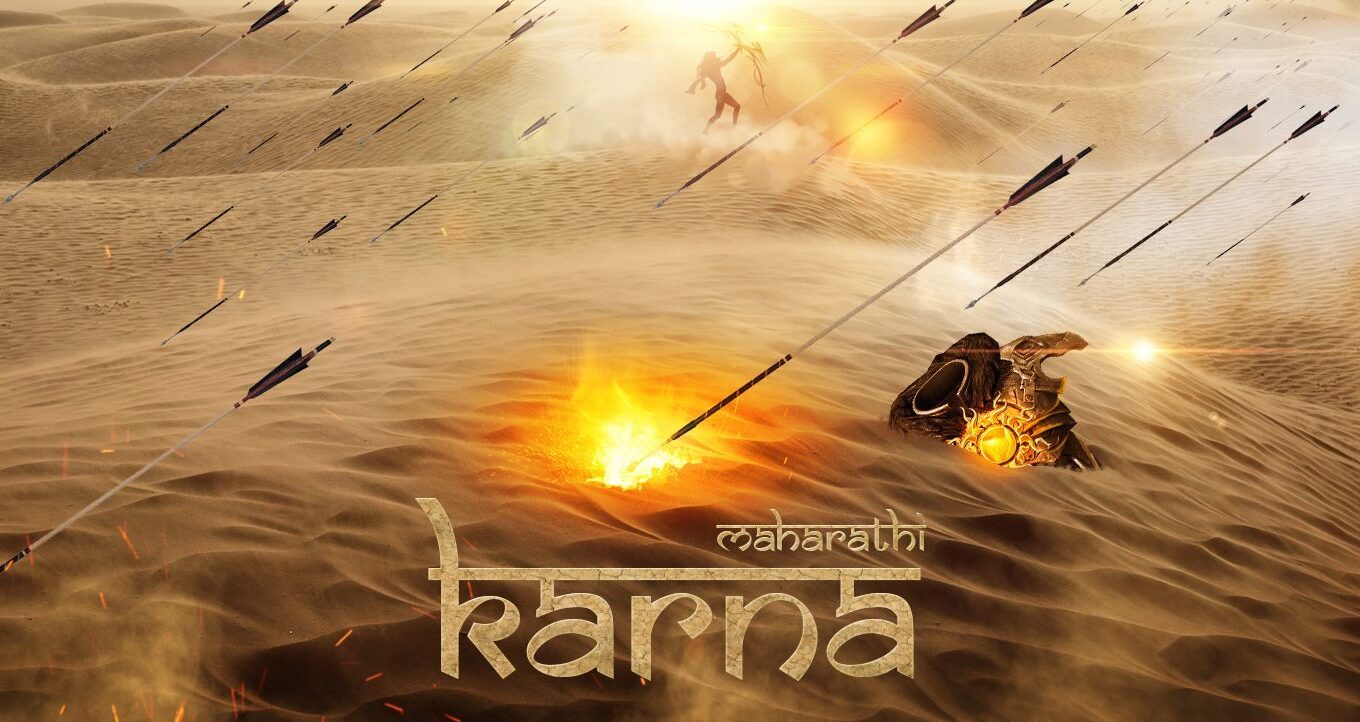Chaitra Navratri is one of the most revered festivals in Hinduism, celebrated to honor the nine forms of Goddess Durga. In 2025, Chaitra Navratri will begin on March 30 and conclude on April 7. This period marks the start of the Hindu New Year and is a time for spiritual rejuvenation and devotion.
The Story Behind Navratri Vrat
The origins of Navratri vrat are deeply rooted in Hindu mythology, particularly in the tale of Goddess Durga and her battle against the demon Mahishasura.
The Birth of Goddess Durga
According to ancient scriptures, Mahishasura, a powerful demon blessed by Lord Brahma, could not be defeated by any man or god. Empowered by this boon, he unleashed terror across the three worlds—earth, heaven, and hell. Unable to defeat him, the gods sought help from Lord Vishnu, Shiva, and Brahma.
To combat Mahishasura’s tyranny, the divine trinity combined their powers to create Goddess Durga. Armed with weapons from all the gods—Lord Shiva’s trident, Lord Vishnu’s discus, and Lord Brahma’s lotus—Durga was an embodiment of divine feminine energy and strength.
The Nine-Day Battle
The battle between Goddess Durga and Mahishasura lasted for nine days and nights. During this time, Mahishasura used his ability to change forms to confuse his opponent. On the ninth day, when Mahishasura transformed into a buffalo, Goddess Durga pierced his chest with her trident, vanquishing him. This victory of good over evil is celebrated as Navratri.
The First Navratri Vrat
The tradition of observing Navratri vrat (fast) is believed to have begun with Lord Rama during Tretayuga. According to the Valmiki Purana, Lord Rama worshiped Goddess Durga during Navratri to seek her blessings before his battle with Ravana. This practice became a symbol of devotion and spiritual strength.
Dates and Muhurat for Chaitra Navratri 2025
- Start Date: March 30, 2025
- End Date: April 7, 2025
- Ghatasthapana Muhurat: March 30, 2025, between 06:13 AM and 10:22 AM
Daily Rituals During Chaitra Navratri
| Day | Date | Goddess Worshiped |
|---|---|---|
| 1 | March 30 | Shailaputri |
| 2 | March 31 | Brahmacharini |
| 3 | April 1 | Chandraghanta |
| 4 | April 2 | Kushmanda |
| 5 | April 3 | Skandamata |
| 6 | April 4 | Katyayani |
| 7 | April 5 | Kalaratri |
| 8 | April 6 | Mahagauri |
| 9 | April 7 | Siddhidatri |
Significance of Chaitra Navratri Vrat
- Spiritual Cleansing: Observing vrat during Chaitra Navratri helps purify the mind and body.
- Devotion: Fasting is a way to dedicate oneself fully to Goddess Durga.
- Cultural Importance: It marks the beginning of the Hindu New Year in many parts of India.
FAQ Section
Q1: Why is Chaitra Navratri celebrated?
Chaitra Navratri celebrates the victory of good over evil as symbolized by Goddess Durga’s triumph over Mahishasura. It also marks the beginning of the Hindu New Year.
Q2: What is Ghatasthapana in Chaitra Navratri?
Ghatasthapana is a ritual performed on the first day of Navratri to invoke Goddess Durga. It involves setting up a sacred pot (kalash) symbolizing prosperity and divine energy.
Q3: Why do people observe fasting during Navratri?
Fasting during Navratri is a way to purify oneself spiritually and physically while seeking blessings from Goddess Durga for strength and prosperity.
Q4: How are the nine forms of Goddess Durga worshiped during Chaitra Navratri?
Each day of Chaitra Navratri is dedicated to one form of Goddess Durga—Shailaputri, Brahmacharini, Chandraghanta, Kushmanda, Skandamata, Katyayani, Kalaratri, Mahagauri, and Siddhidatri—symbolizing various aspects of feminine divinity.

